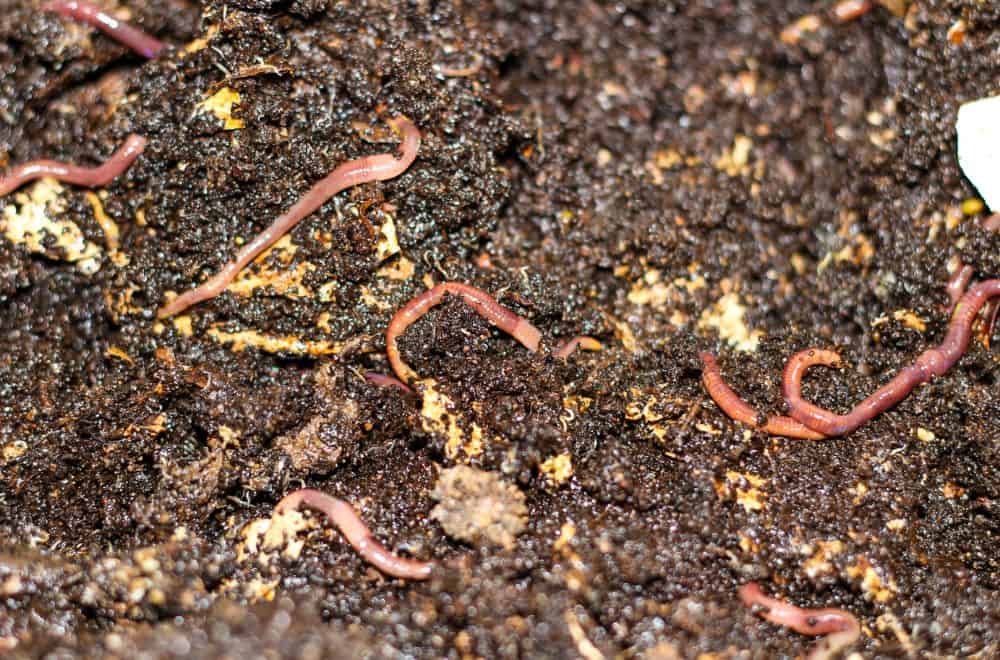Worm farming, also known as vermiculture, is the environmentally friendly practice of using worms to decompose organic food waste. This results in a rich, fertile compost that is excellent for gardening and farming. Vermiculture is an eco-friendly, sustainable way to minimize waste while producing high-quality compost. Here, we delve into the fascinating process of vermiculture, offering a detailed guide for those considering embarking on this rewarding journey.
Vermiculture involves housing worms in bins, feeding them organic waste that they consume and convert into compost. The worms eat this waste and excrete a nutrient-rich substance called castings or worm manure. Worm castings are a highly valued product of vermiculture, as they are teeming with beneficial microorganisms and nutrients that are essential for plant growth. This organic compost is a potent, chemical-free way to boost soil health and fertility.
Selecting the Right Worm Bin
Choosing the right worm bin is crucial to a successful worm farm. The worm bin can be a specially purchased worm bin designed specifically for vermiculture, or you can DIY from an ordinary plastic tote. The bin should have a lid to protect the worms from light and predators, and small holes should be drilled for aeration and drainage purposes.
Creating Comfortable Bedding
The bin should be filled with bedding material such as shredded newspaper, cardboard, coco coir, or peat moss. This bedding, which should be damp but not overly wet, serves as the worms’ habitat and is where they will consume the provided waste.
Choosing Your Worms
Composting worms are used in vermiculture. The most common types are red wigglers (Eisenia fetida) or European nightcrawlers (Eisenia hortensis). They are voracious eaters, rapid breeders, and thrive in confinement.
Feeding Your Worms
After adding your worms to the bedding, you can start feeding them organic waste. Small amounts of vegetable and fruit scraps, coffee grounds, tea bags, and crushed eggshells are ideal. It is crucial to avoid feeding worms meat, dairy, and oily foods, as these can attract pests. To promote movement and consumption throughout the bin, it’s recommended to bury the waste in a different section of the bin each time you feed them.
Maintaining Your Worm Farm
Maintaining the right conditions in your worm bin is essential. The bin should be kept in an area where the temperature remains consistent, ideally between 55-77°F or 13-25°C. Regular checks should be conducted to ensure the bedding remains moist. If it becomes too dry, you can spray some water to restore the moisture balance. Overfeeding the worms may cause a foul smell to arise from the bin, which is a sign that you should adjust your feeding quantity or schedule.
Harvesting the Compost
After about 3-6 months, the bedding will be converted into a dark, nutrient-rich compost. Harvesting involves moving all the compost to one side of the bin, introducing fresh bedding and food into the empty side, and waiting for the worms to migrate. Once they have moved, the compost can be collected and used.
Beneficial Byproducts: Worm Tea
Aside from compost, vermiculture also produces a valuable liquid known as worm tea. This worm tea, which often collects in a tray beneath the bin, is an incredible natural fertilizer that is rich in beneficial bacteria and nutrients.
In conclusion, worm farming is a sustainable, beneficial, and fun way to manage waste while producing nutrient-rich compost. It not only reduces our carbon footprint but also offers an enriching hands-on learning experience for both kids and adults.

